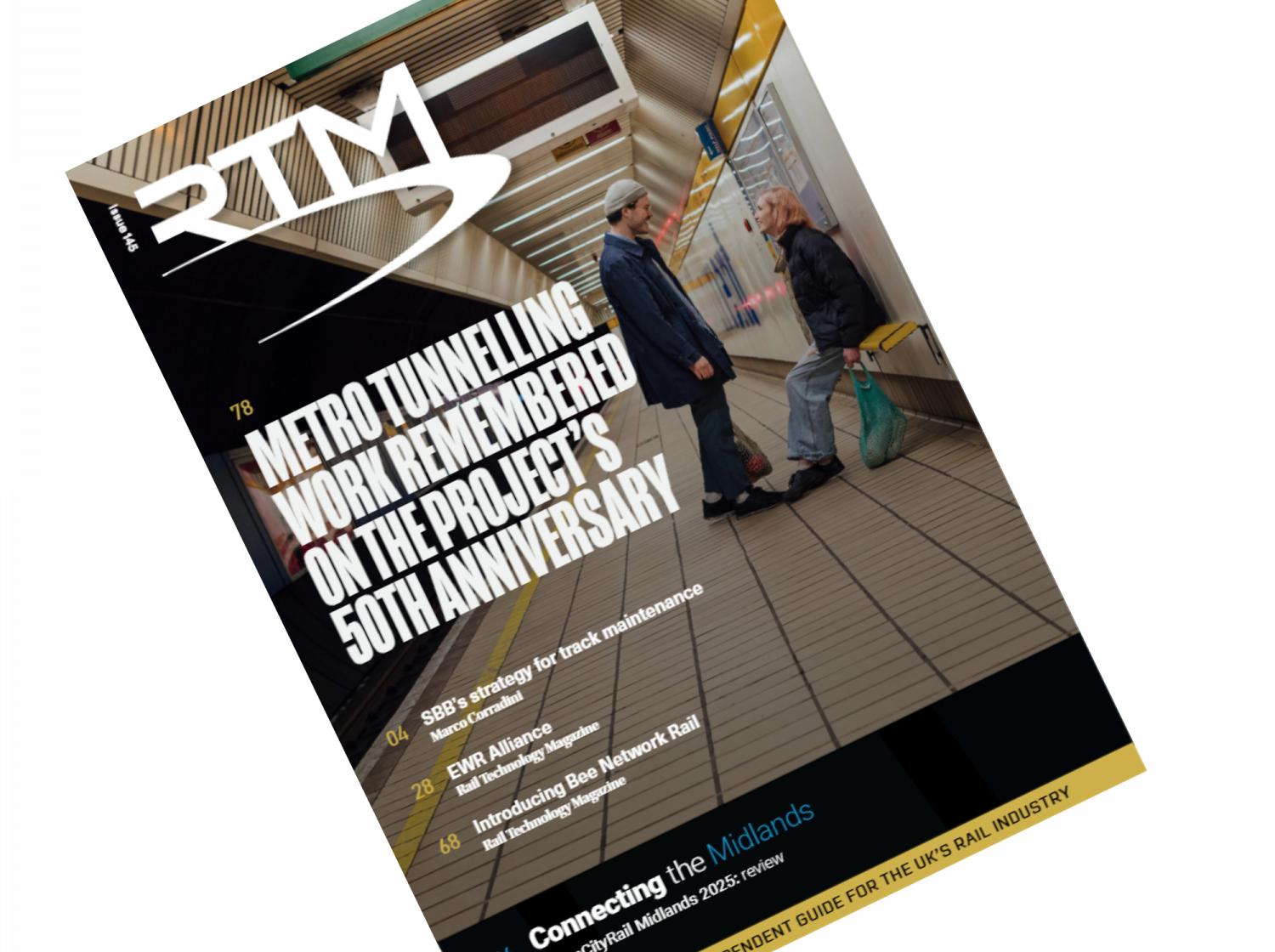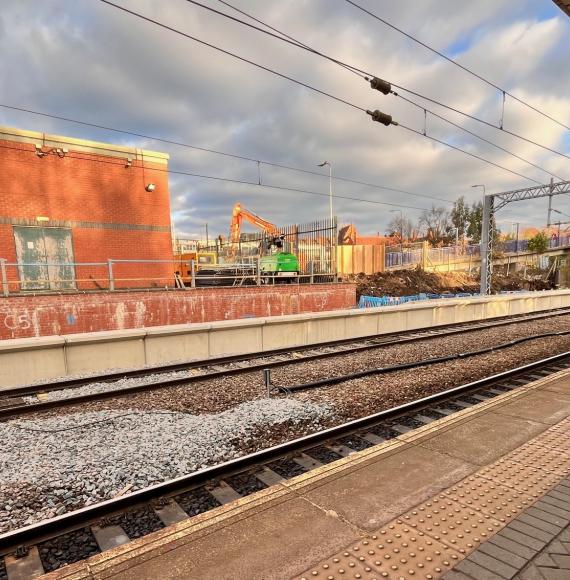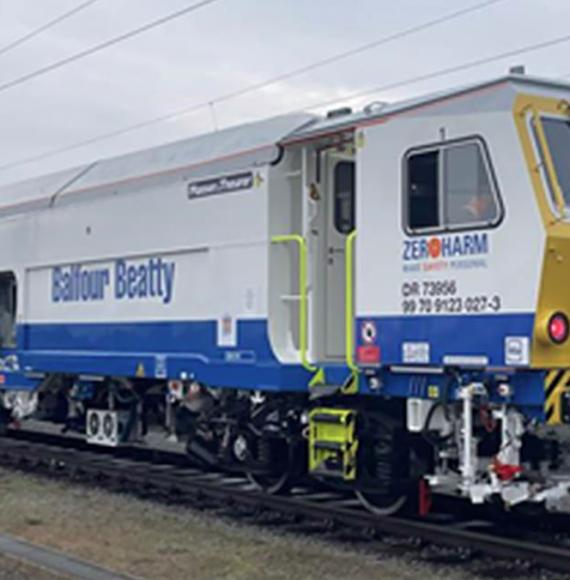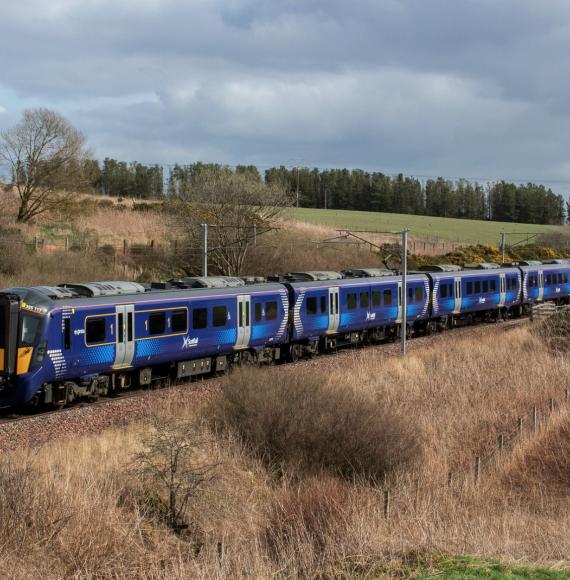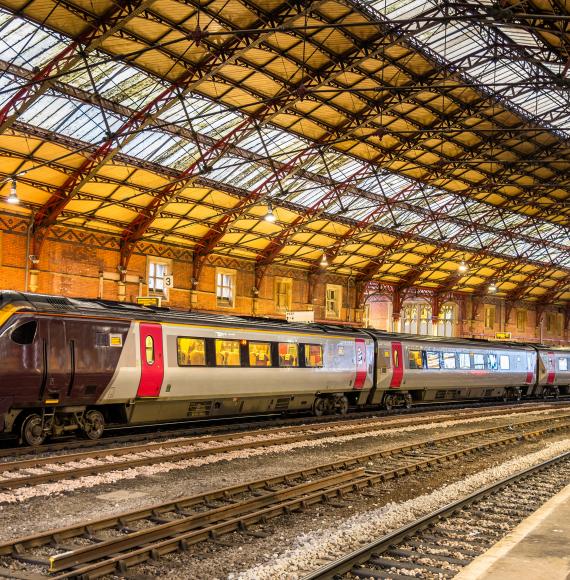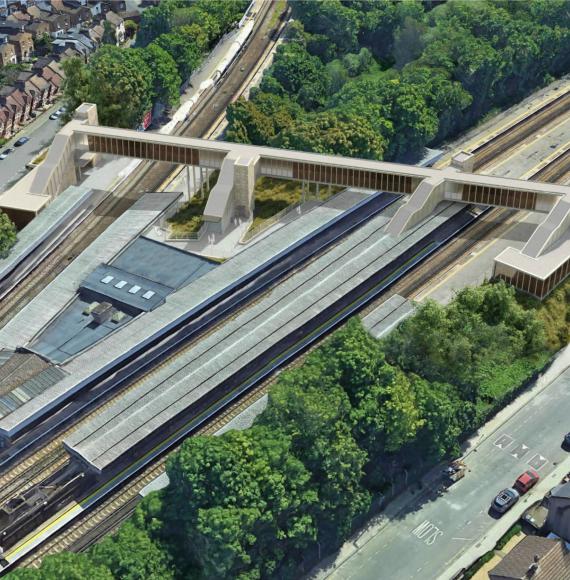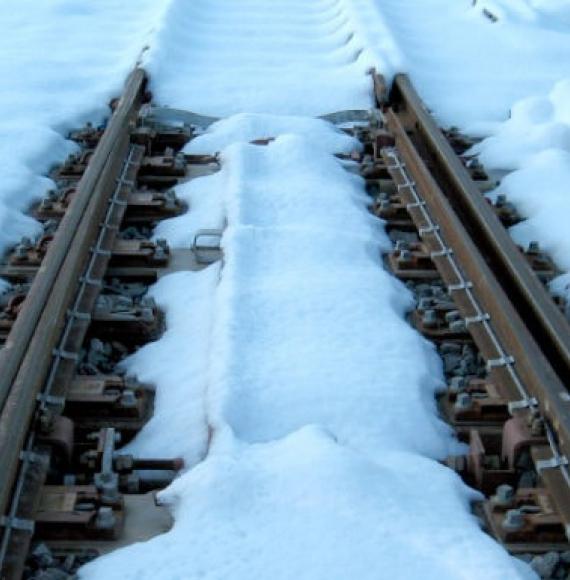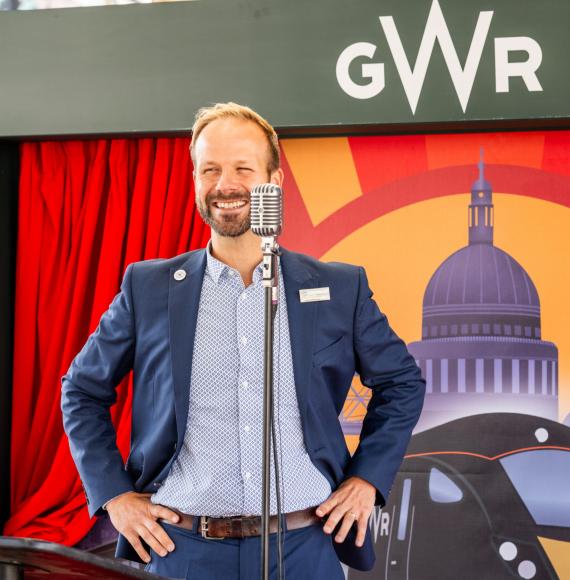Caltrain's ambitious electrification project has taken a major step forward with three of its new electric train sets crossing the 1,000-mile testing mark.
"Rigorous testing is the bedrock of safety and quality," declared Caltrain executive director Michelle Bouchard. "Our crews have been working tirelessly through the night to put these trains through their paces, all while ensuring our vital daytime service continues uninterrupted. I commend their dedication and can't wait to welcome the rest of the fleet to the Caltrain family."
This 1,000-mile testing process is the start of what is required in order to be safe for service. All 23 of Caltrain's new electric trainsets must pass the safety and quality tests before entering service in autumn 2024. There are currently six trainsets in the testing facility in Northern California, with the remaining sets due to be delivered from Stadler’s US base in Utah over the next year.
Caltrain’s ambitious project is a first for the North American market with a full-scale transition from diesel to electric power. It is hoped that capacity and frequency will be improved but also deliver faster trains along the Caltrain corridor.
Caltrain expect the project will also help meet the ambitious regional and state climate action goals by lowering greenhouse gas emissions, improving air quality and relieving traffic congestion. It will also set the framework for California’s future High Speed Rail network that will run on the Caltrain corridor.
The High Speed rail project which recently secured an historic $3 billion in federal funding and promises to bring high-speed rail to the U.S state, has recently announced its shortlist of potential rolling stock suppliers.
Alstom and Siemens Mobility have both been selected as California High-Speed Rail Authority seek the production of electrified train-sets capable of operating at speeds of up to 220 mph.
“These world-class vendors ensure that we are procuring the latest generation of high-speed trains,” said Authority CEO Brian Kelly. “With this recent federal grant, we are able to move forward with this major step on the project, purchasing trains capable of speeds of more than 220 mph to move passengers here in California in a way that transforms the passenger rail experience.”
Photo Credit: Caltrain


